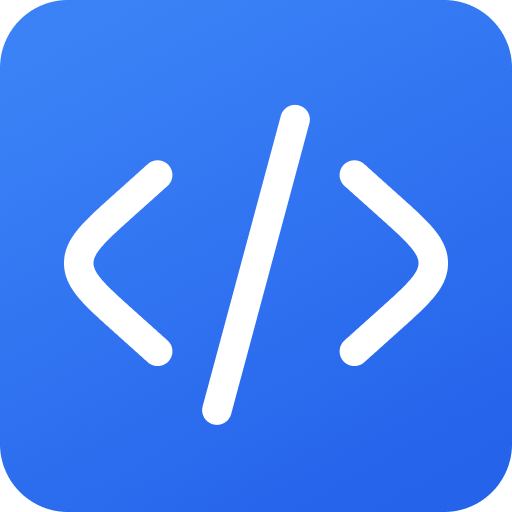The method
Use this prompt set as a starting point to establish clear communication protocols within your remote team. Tailor the prompts by specifying team size, communication channels, project complexity, and desired response format. Integrate the generated guidelines into your team’s onboarding and project management documentation for consistent application. This ensures smooth workflows and reduces potential misunderstandings.
The prompts
Prompt 1
Develop a comprehensive communication strategy for a remote team of 15 individuals working on a software development project. The strategy should address the following key areas:
1. **Communication Channels:** Define which communication channels (e.g., Slack, email, video conferencing) should be used for different types of communication (e.g., urgent announcements, project updates, casual discussions). Include guidelines on response time expectations for each channel.
2. **Meeting Protocols:** Outline best practices for conducting effective remote meetings, including agenda preparation, time management, and action item tracking. Specify the frequency and duration of team meetings, sprint reviews, and one-on-one sessions.
3. **Documentation Standards:** Establish clear standards for documenting project progress, decisions, and challenges. Specify the tools and templates to be used for documentation (e.g., Confluence, Google Docs, Jira).
4. **Conflict Resolution:** Define a process for addressing and resolving conflicts that may arise within the team. Include guidelines on active listening, constructive feedback, and escalation procedures.
5. **Social Interaction:** Suggest strategies for fostering a sense of community and connection among team members, such as virtual coffee breaks, team-building activities, and informal chat channels.
The communication strategy should be practical, actionable, and tailored to the specific needs and challenges of a remote software development team.
1. **Communication Channels:** Define which communication channels (e.g., Slack, email, video conferencing) should be used for different types of communication (e.g., urgent announcements, project updates, casual discussions). Include guidelines on response time expectations for each channel.
2. **Meeting Protocols:** Outline best practices for conducting effective remote meetings, including agenda preparation, time management, and action item tracking. Specify the frequency and duration of team meetings, sprint reviews, and one-on-one sessions.
3. **Documentation Standards:** Establish clear standards for documenting project progress, decisions, and challenges. Specify the tools and templates to be used for documentation (e.g., Confluence, Google Docs, Jira).
4. **Conflict Resolution:** Define a process for addressing and resolving conflicts that may arise within the team. Include guidelines on active listening, constructive feedback, and escalation procedures.
5. **Social Interaction:** Suggest strategies for fostering a sense of community and connection among team members, such as virtual coffee breaks, team-building activities, and informal chat channels.
The communication strategy should be practical, actionable, and tailored to the specific needs and challenges of a remote software development team.
Prompt 2
Craft a set of guidelines for asynchronous communication within a globally distributed remote team. The guidelines should emphasize clarity, conciseness, and context in written communication. Consider the following points:
1. **Message Structure:** Provide a template for composing effective email and Slack messages, including a clear subject line, concise body, and relevant attachments. Emphasize the importance of summarizing key information and avoiding ambiguity.
2. **Time Zone Awareness:** Encourage team members to be mindful of different time zones when scheduling meetings or sending messages. Suggest strategies for minimizing disruptions to team members' personal time.
3. **Documentation and Knowledge Sharing:** Promote the use of shared documentation platforms (e.g., wikis, knowledge bases) to capture and disseminate information. Encourage team members to proactively document their work and share their knowledge with the team.
4. **Feedback and Iteration:** Encourage team members to provide feedback on each other's communication styles and to continuously improve their communication skills. Suggest resources and training materials to support communication development.
5. **Cultural Sensitivity:** Emphasize the importance of being respectful of cultural differences in communication styles. Provide guidelines on avoiding cultural misunderstandings and promoting inclusive communication practices.
The guidelines should be designed to improve the efficiency and effectiveness of asynchronous communication within a remote team, while also fostering a positive and inclusive work environment.
1. **Message Structure:** Provide a template for composing effective email and Slack messages, including a clear subject line, concise body, and relevant attachments. Emphasize the importance of summarizing key information and avoiding ambiguity.
2. **Time Zone Awareness:** Encourage team members to be mindful of different time zones when scheduling meetings or sending messages. Suggest strategies for minimizing disruptions to team members' personal time.
3. **Documentation and Knowledge Sharing:** Promote the use of shared documentation platforms (e.g., wikis, knowledge bases) to capture and disseminate information. Encourage team members to proactively document their work and share their knowledge with the team.
4. **Feedback and Iteration:** Encourage team members to provide feedback on each other's communication styles and to continuously improve their communication skills. Suggest resources and training materials to support communication development.
5. **Cultural Sensitivity:** Emphasize the importance of being respectful of cultural differences in communication styles. Provide guidelines on avoiding cultural misunderstandings and promoting inclusive communication practices.
The guidelines should be designed to improve the efficiency and effectiveness of asynchronous communication within a remote team, while also fostering a positive and inclusive work environment.
